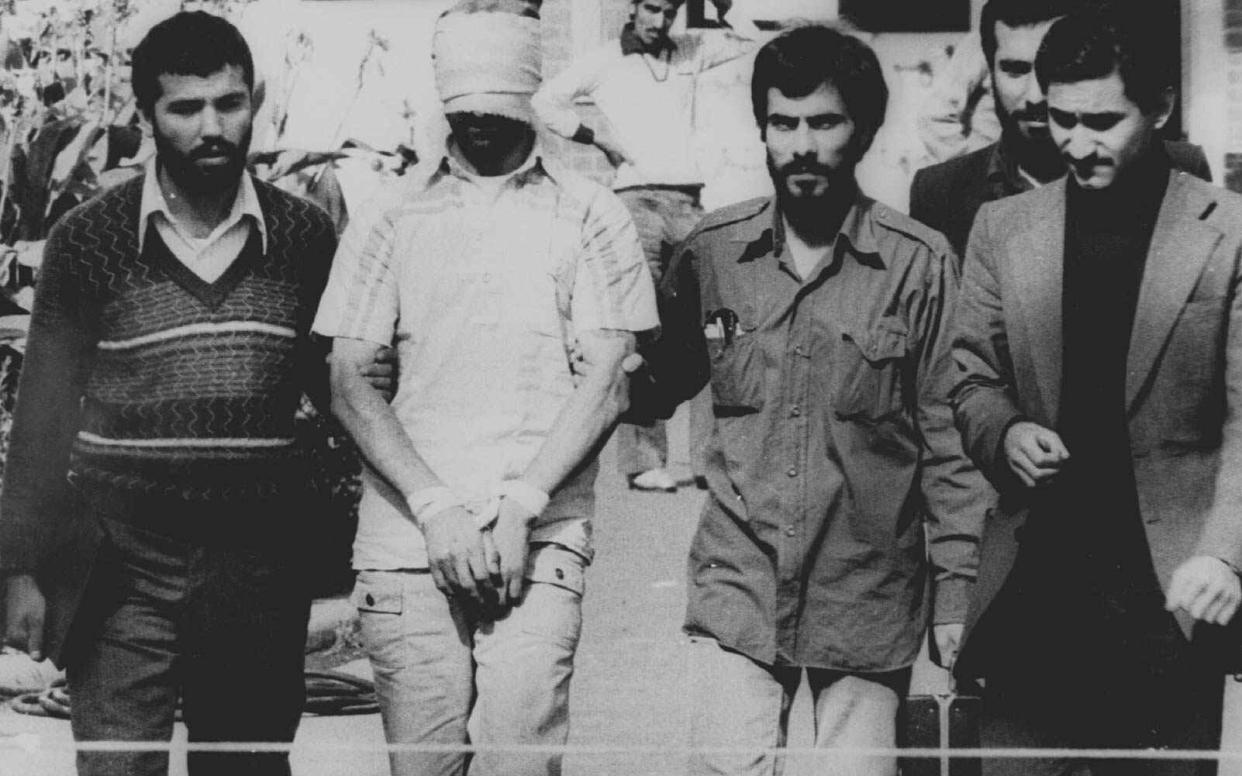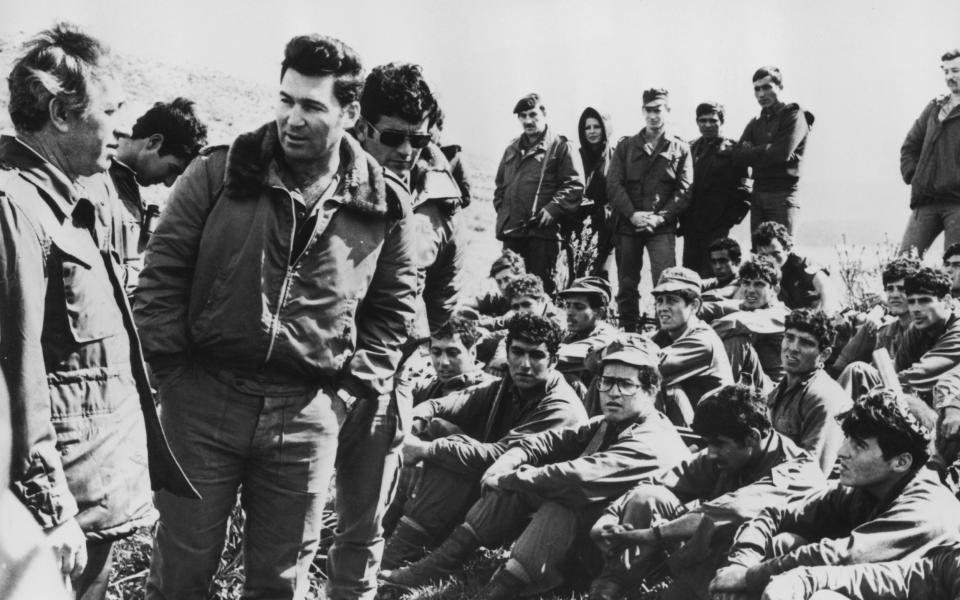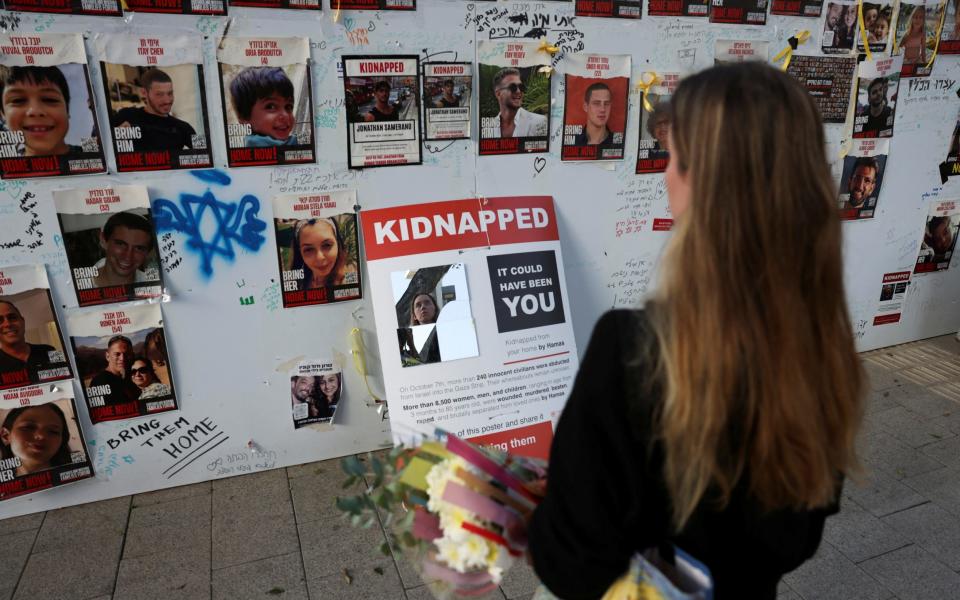Why taking hostages is a gamble that often pays off

Amid the unprecedented regional and global reaction to the ongoing hostage crisis in Gaza, it is easy to forget that the use of hostages as a tool of terror, diplomacy and/or warfare is not without precedent. And, in a week in which Qatari-led negotiations between Israel and Hamas have finally started to bear fruit, the long history of hostage-taking appears to contain some uncomfortable truths for today.
Until the 18th century, hostages were principally used as a gentlemanly – and sometimes mutually beneficial – way of providing surety for an international agreement. In the fourth century BC, Amyntas III, grandfather of Alexander the Great, bought Macedonia’s peace by lending his young son Philip to Illyria. Philip spent another three years as a teenaged hostage in Thebes, where he gained the military knowledge to conquer much of Greece after his return to Macedonia.
The Han dynasty maintained order in second century BC China through a similar process of chih-tzu or hostage sons, as did the Romans from the Second Punic War onwards. Polybius, the ancient Greek historian, Theodoric, the King of the Ostrogoths, Vlad the Impaler and Tokugawa Ieyasu, the founder of the last shogunate in Japan, all spent some of their childhoods in captivity in order to guarantee the cooperation of their relatives. King John II of France was so mortified when his hostaged son escaped English custody during the Hundred Years’ War that he offered himself up in his place.
The last major treaty to be negotiated in this way was Aix-la-Chapelle in 1748, whereby Britain guaranteed its commitment to leave Cape Breton by sending two nobles into French captivity until it had done so. Lord Cathcart and the Earl of Sussex ended up enjoying themselves so much in Paris that they stayed another two months after their release.
Of course, not all historical outcomes were so benign. When the hostages held by Charlemagne failed to ensure the compliance of the pagan Saxons, he massacred 4,500 of them in October 782. Similarly, when Richard I felt that Saladin had failed to fulfil the terms of the surrender of Acre in 1191, he killed 2,700 Muslim hostages. On his return from the Third Crusade, Richard was taken hostage himself and ransomed by the Holy Roman Emperor for an enormous sum.
By the 19th century, a king’s ransom was considerably cheaper and wars had spread into the wider civilian population. The American Civil War saw the Confederates raid Maryland and Pennsylvania in order to take civilian hostages for a prisoner swap. During the Franco-Prussian War, Germans put high-profile French citizens on trains to stop them being targeted, a practice briefly copied by Field Marshal Lord Roberts during the Second Boer War, until he was reprimanded in parliament.
Despite being specifically outlawed by the Geneva Convention in 1949, indiscriminate hostage-taking became widespread in the latter half of the 20th century, especially as terrorist groups grew more powerful. There were almost 4,000 transnational hostage incidents in the 50 years after 1968.

As Hamas will no doubt be aware, many of these crises ended badly for the hostage takers. Saddam Hussein’s gamble of parading Western families on television following his invasion of Kuwait in 1990 led to a backlash at the United Nations and the First Gulf War. Most of the Palestinians involved in the attacks at the 1972 Summer Olympics in Munich ended up killed over the next two decades by the Israelis – as, more immediately, did the Palestinians who hijacked an aeroplane leaving Tel Aviv in June 1976 and flew it to Entebbe in Uganda (the only Israeli fatality was the commando Yonatan Netanyahu, the current Prime Minister’s brother).

Yet even failed hostage attempts garner widespread publicity. In 1958 Cuban rebels lost Western sympathy for their cause when they kidnapped 19 American and Canadian civilians – and still managed to overthrow Batista the following year. The Iranian hostage crisis in November 1979 might have fallen short of its primary goal of putting pressure on Jimmy Carter to extradite the Shah, but it contributed to President Carter’s downfall a year later and gave the Soviet Union the opportunity to invade Afghanistan.
Even more worryingly from an Israeli point of view, many hostage-takers in the last 60 years have achieved their strategic objectives. In 1967 the Chinese extracted concessions in Hong Kong from the British government after detaining dozens of British citizens. Successful aircraft hijackings in the 1970s spawned a wave of imitators. And the return in 2011 of Gilad Shalit, an Israeli soldier captured five years earlier, was secured with the corresponding release of more than 1,000 Palestinian prisoners, including the current Hamas leader, Yahya Sinwar. A similar asymmetry appears to inform current negotiations, whereby three Palestinians will be released for each Israeli hostage.

The brutal historical truth, therefore, is that taking hostages is a gamble that often pays off – which is presumably why it continues to happen. And while the so-called “suppression model” of responding with overwhelming force was largely effective in Entebbe in 1976, at the Iranian Embassy in London in 1980 and at the Japanese Embassy in Lima in 1997, it was disastrous in Munich in 1972, a Moscow theatre in 2002 and the Beslan school siege in 2004.
No stranger to using overwhelming force itself, the Israeli government is responding to the hostage crisis in much the same way as Abraham in Genesis Chapter 14. When his nephew Lot was taken hostage by four warring kings, Abraham took a trained force of 318 men, attacked and routed his captors and recovered “Lot and his possessions, together with the women and the other people”.
But facing an enemy that is considerably more sophisticated than King Chedorlaomer and a world that is far better informed than that of 1913 BC, Israel has no choice but to supplement its military efforts with negotiation.
In an increasingly democratic, globalised and media-driven age, the life of an individual citizen has come to hold as much moral worth – and strategic value – as that of a mediaeval prince.

